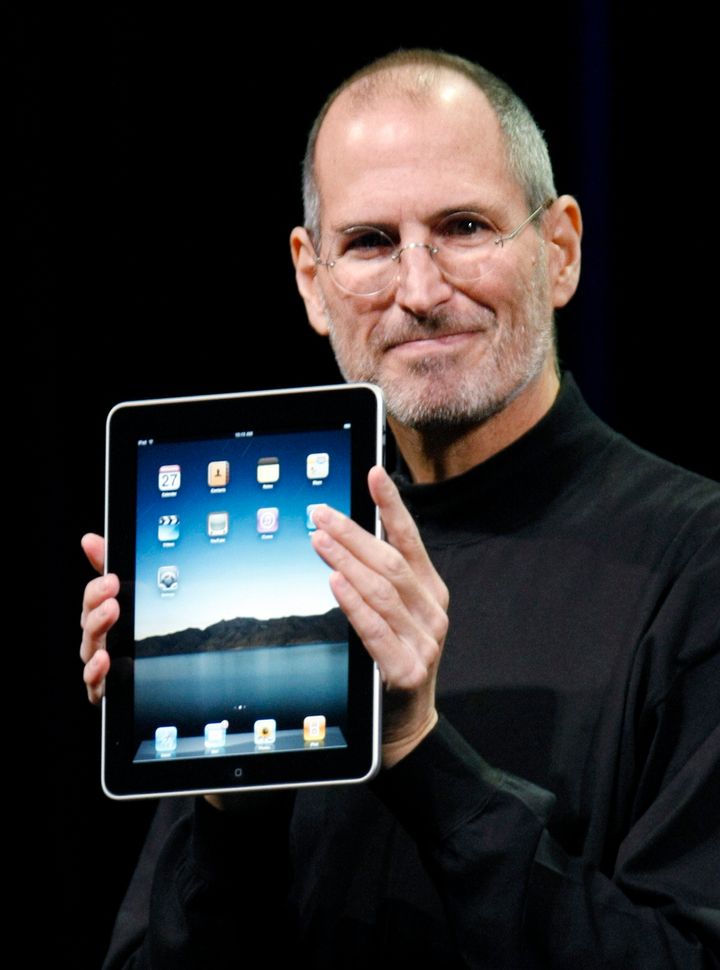
We have never seen anything like it. Tablets are proving to be more than just a force to be reckoned with -- they are a complete game changer. I predict that over the next six years, tablets will grow faster than any innovation before them. Yes, even faster than TV.
But what's challenging is that despite the tablet's impressive growth, the structure to support a successful marketplace for content isn't there. I am talking about an ad supported content marketplace. I don't believe a viable content marketplace can reach its potential without the support of ad dollars. Unfortunately, like other digital platforms before it, there are many problems with tablets that we must solve first. There is no standard ad model, no set of functioning metrics and no consensus in the industry about the role advertising should play.
The online video market has fallen into the same pitfall. According to comScore, in 2006 there were 63 billion videos viewed online and $324 million spent on ads. Now online video is growing at a record rate, with an average of 441 billion videos viewed online and $1.4 billion spent on advertising. If you do the math, that's a 600 percent increase in online video views and a disproportionate 344 percent increase in ad spend. The current system of monetization cannot keep up. Without structure and a standardized ad model, we will not have a successful advertising ecosystem -- and without that ecosystem, the content cannot sustain itself.
Let's think about TV for a minute. The television industry has conquered the ad world with standardized models and buying processes to incredible success. By my estimations, advertising helps pay for about 65 percent of today's content with the rest shouldered by the consumer. TV isn't the only platform that has flourished because of advertising though. The Internet, radio, print, etc. -- all of these platforms were built, innovated and sustained primarily with advertising. However, we need to figure out the basics first, starting with the ad model itself. Just like the 30-second spot is the work horse for TV, we need to find the work horse for tablets. It's been done before, and now it's time for us to work together to figure it out once again.
The solution: We have to forget the silos -- is this print? Is this digital? is this mobile? There is no time for a turf war. Collaboration is the only way.
That's why we created The Pool -- to work together as an industry to find the sweet spot for consumers and messages. Rather than work in our traditional silos to decide on our own what is best, we partner with industry resources, expertise and talent to find engagement models of the future. Our current goal is to identify the tablet ad format that is best for publishers, advertisers, tech providers and most importantly: PEOPLE. We believe the consumer experience should be fantastic.
Imagine what we could do together -- there hasn't been a media consumption device this great since the introduction of television... and the opportunity here is even greater.
The advertising industry cannot be left behind.
It's time to sink or swim. Or maybe said a better way, it is time to "sync" and swim.
Source: The Pool, based on: US Census Bureau, in addition to VivaKi estimates; Forrester: "Tablets Will Grow As Fast As MP3 Players" updated Jan 4, 2011; Karl Hartig Sources: A.C. Nielsen Company, Broadcasting & Cable Yearbook 1996, Electronic Industries Association, Federal Communications Commission, FIND/SVP
